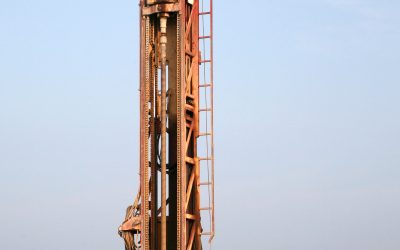The use of weld stud concrete anchors, also known as shear stud connectors, headed anchor connectors or shear studs is the most effective way to bond two different materials together, specifically for use with concrete and steel construction.
On bridge decks, large and small buildings and other structures that use steel beams and structural material and concrete, these simple headed anchor studs are essential. Not only do they hold the two very different materials together, but they also assist in providing the enhanced strength of the composite construction over using either of the materials separately.
The key factor in using shear studs is the upset head and the attachment using the stud welding process. This attaches the weld stud concrete anchor to the metal and allows the head to act as an anchor as the concrete is poured and hardens. This eliminates the different movement between concrete and steel, preventing warping, twisting or bowing of the structure.
Correct Use
For bridges and buildings, the specifics of the shear studs to be used will be set by the building and construction code. This includes the length and diameter of the head concrete anchors as well as specific pattern and proximity of the studs to each other.
This will be critical as the shear force has to be offset by the correct size, diameter, and placement of the shear connectors. Incorrect placement of choice could result in the failure of the connectors to prevent the movement of the two materials as separate materials.
The stud weld method uses a ferrule, which is essential in a complete, consistent weld all around the edges of the shear connector. This is a ceramic collar that fits around the bottom of the weld stud and then is simply broken off after the process. There are also specialized shear connectors that can be used to weld the interior or exterior angles of the steel beams.


